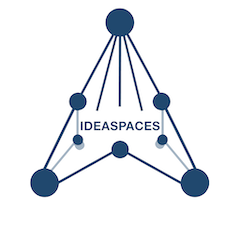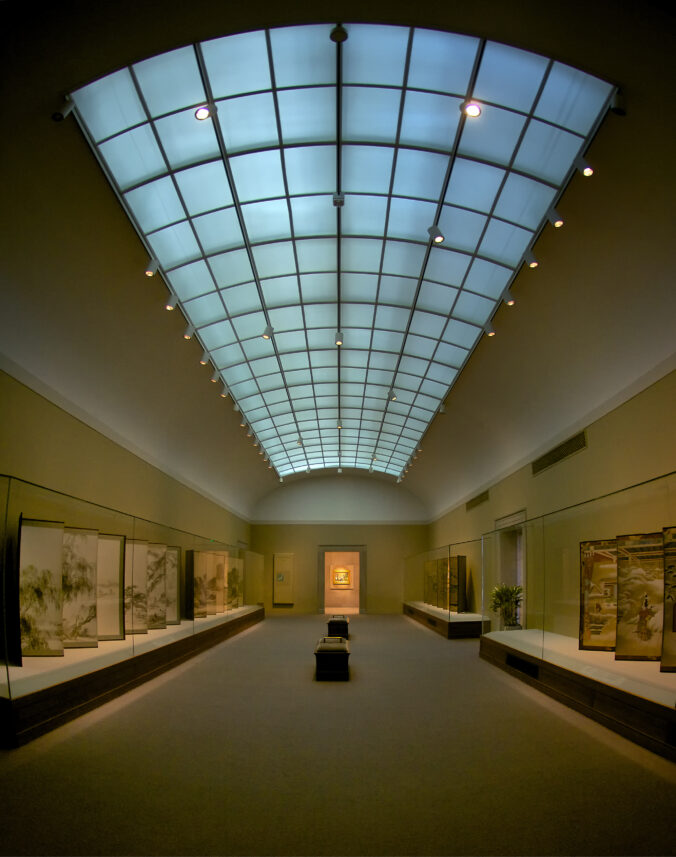We tend to undervalue the value of our students’ creations and, as a result, so do they. Digital tech gives us unprecedented power to create. It also gives us power to preserve, duplicate and share artifacts of our learning journeys in ways that paper cannot. But with that bounty also comes challenges. We are flooded by the products of creation. When creation was scarce, it was valuable. When thousands of TikTok videos compete for the world’s attention, the danger lies in undervaluing the gems among them.
We are also flooded by a plethora of options when it comes to tools for creation. Which media and media creation tools make the most sense to preserve the work of learning. Conservatives among us will argue that the discipline of writing is essential for developing the necessary mental skills to be considered learned. I won’t argue with the importance of writing but it can now be shared easily. It doesn’t have to go from the student’s printer to the teacher’s filing cabinet. It can be scrutinized much more broadly through the mechanism of blogging with comments, to cite just one possibility.
The importance of taking that writing and those ideas and using them as a foundation for other kinds of media should not be underestimated in a world dominated by videos, web pages and slide decks. The friction associated with creating visual artifacts has declined markedly in recent years. This kind of creation also constitutes a vital skill.
Applying rigorous methods to more creative production is a key to separating student work from the masses of ephemera that have emerged in today’s media environment, but rigor must be coupled with meaning to achieve true value. Are we asking our students to produce throwaway objects or are we asking them to invest in creating something that is meaningful to them and not just as a box checked off of our syllabi? How we ask them to employ digital tools is at least as important as selecting the tools themselves. All of our tools tell stories. We need to make them meaningful ones.
Our lives consist of a series of artifacts. Some are committed to memory. Some are tangible objects. The most powerful involve the mating of the two. That special book or picture touches off memories of what is fleeting. This is the core of what it means to be human. We all have history and are part of our families, communities, and cultures. All of these produce artifacts. Some are more persistent than others but any one of them can acquire deep, personal meaning to us. This is what we remember and becomes part of us. Time is fleeting. Our artifacts are what root us to experience. Shelley’s sonnet “Ozymandias” can serve as a powerful metaphor for the tenuous connection between the permanent and fleeting.
I met a traveller from an antique land
Who said: “Two vast and trunkless legs of stone
Stand in the desert. Near them, on the sand,
Half sunk, a shattered visage lies, whose frown,
And wrinkled lip, and sneer of cold command,
Tell that its sculptor well those passions read
Which yet survive, stamped on these lifeless things,
The hand that mocked them and the heart that fed:
And on the pedestal these words appear:
“My name is Ozymandias, king of kings:
Look on my works, ye Mighty, and despair!’
Nothing beside remains. Round the decay
Of that colossal wreck, boundless and bare
The lone and level sands stretch far away.”
— Percy Shelley’s “Ozymandias”
Like all other memories, our learning experiences can be simultaneously fleeting and permanent. The most powerful experiences combine the two and our tools must be used to connect them in a meaningful way to have a lasting effect on the minds of our students. However, all too often we handicap our imaginations as we consider how to structure learning experiences and the tools needed to facilitate them.
We have at our fingertips today an unprecedented set of tools for creation. Our challenge is unlike that of Shelley and his contemporaries. Pen and paper pretty much represented his range of options. Within decades, we added photography and then film to create, capture, and share our memories. In the last 40 years we have taken all of these media and given them to the masses. In the last 20 we have made it possible to share them widely.
We are faced with the challenges of opportunity. Even while it has opened the doors of creation to many, the democratization of creation has cheapened its value as a container of memory. What used to be a precious scrapbook of family memories is now a vast database of photos and videos of precious moments. The challenges now are ones of sorting and tool selection. For a precious few of those artifacts, the connection to memory remains as powerful. We assign meaning. It is not a given.
Our students must create objects to which they are prepared to assign meaning. It is this power of meaningful memory that we need to tap into as teachers. The problem is that all too often we cheapen the memories of learning by letting our tools limit the universe of possibilities open to us to create those memories. Our students learn that school is about the creation of nothing more than cheap, ephemeral artifacts and treat the experience accordingly.
Our challenge is to use our tools for creation and sharing to build powerful networks of meaning and memory from their learning journeys. We cannot do that if we treat their artifacts as disposable meaning, relevant only within the context of an assignment or assessment. To do this we must turn artifacts into experience.
This is not in any way to denigrate the experience of writing as Shelley experienced it. Creation is as much a product of constraint as it is of opportunity. Using our tools to reimagine those constraints is part of adding importance to our memories. Instead of the traditional paper, have your students create a photo essay. Teach them how to adapt their ideas from one medium to another. Have them work publicly and share with their peers and the world beyond the classroom. These are all ways that we can turn the confusing array of digital tools to create more precious artifacts of their work. It is networks of ideas mated with powerful tools that allow us to create scarcity and meaning out of excess and meaninglessness.
Meaning comes from scarcity. We must actively create scarcity as part of our quest for deep learning. “More of the same” will generate nothing more than the same from our students.
The purpose of asynchronous tools is to create statues that stand the test of time, maybe not as long as Ozymandias, but at least past the course or college experience. How can we use these tools to string together the times we are together with our students and complement their power to achieve meaning and not just the routine of assembly line learning? How can we use them to awaken the creative spirit within them and motivate them to do more than the minimum necessary to “get through” the class? These are all questions that we will explore.

